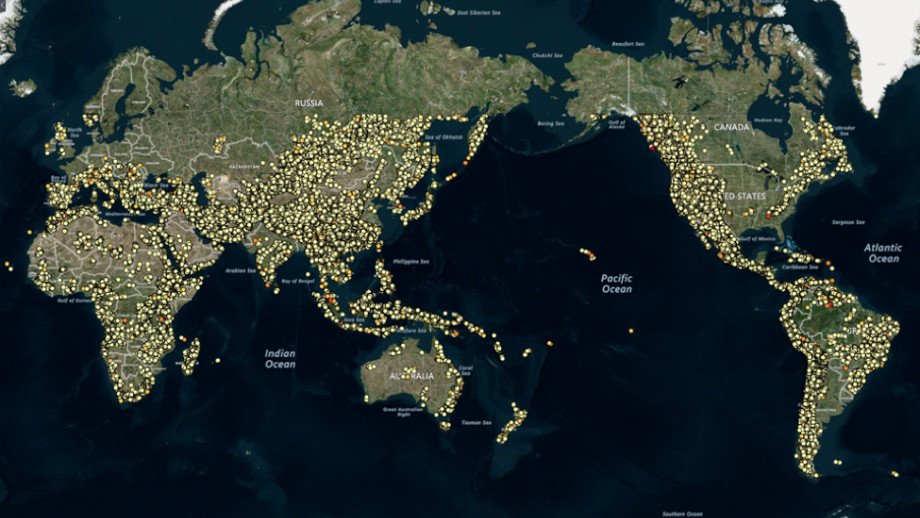Scientists from Australian National University (ANU) have identified 530,000 locations throughout the world that could be suitable sites for 22 million GWh of hydro-pumped storage capacity.
”The perception has been there are limited sites for pumped hydro around the world, but we have found hundreds of thousands,” the research team said.
The researchers also said the sites — which relate to closed-loop pumped-hydro energy storage projects, located away from rivers with little environmental impacts — were identified through a global audit that relied on geographic information system (GIS) algorithms. The algorithms helped to identify dry-gully or turkey’s nest sites, which include upper and lower reservoirs with hypothetical tunnels between them. The researchers were able to look at data such as latitude, longitude, altitude, water volume, energy storage potential and approximate relative cost.
The scientists also said that the cost of building pumped-hydro storage systems can be broken down into two major components: the cost of machinery parts such as turbines, generators, transformers and switchyards, which can be calculated in $/kW; and storage capacity components that must be calculated in $/MWh.
“While a wide range of factors such as geology and hydrology are involved in site selection and dam construction, the topography of a site is always a critical issue which decides the type, height and shape of a dam, as well as the amount of earthwork required to build it,” the researchers wrote.
The team’s automatic GIS-based procedures have contributed to the development of a mapping tool, called Stores, which is said to highlight ideal regions for pumped-hydro deployments, while identifying sites with high water-to-rock ratios, which means large reservoir volumes with less earthwork.
“Only a small fraction of the 530,000 potential sites we've identified would be needed to support a 100% renewable global electricity system. We identified so many potential sites that much less than the best 1% will be required,” said the researchers.
At the end of 2016, there were over 160 GW of pumped-hydro storage systems in operation around the world, according to the study. Most of this capacity is located in Europe, with more than 50 GW, followed by China at 32 GW, Japan at 26 GW and the United States at 23 GW.
This content is protected by copyright and may not be reused. If you want to cooperate with us and would like to reuse some of our content, please contact: editors@pv-magazine.com.




An impressive effort. It won’t dent the BATTERIES! hype but i hope policymakers are listening.
The map (absurdly on the Mercator projection, which is only useful if you are navigating at sea in a 1700s wooden ship with only a map and a compass) shows Russia as a big blank. Siberia east of Baikal is very hilly and must have tens of thousands of sites. It is also inhabited at a very low density, so the exclusion is not very significant. The Urals are less extensive, but still a large chain, and close to centres of population. There is also something funny about Norway. It must have colossal potential. Of course, Norway has so much flow hydro that pumped storage is an afterthought.